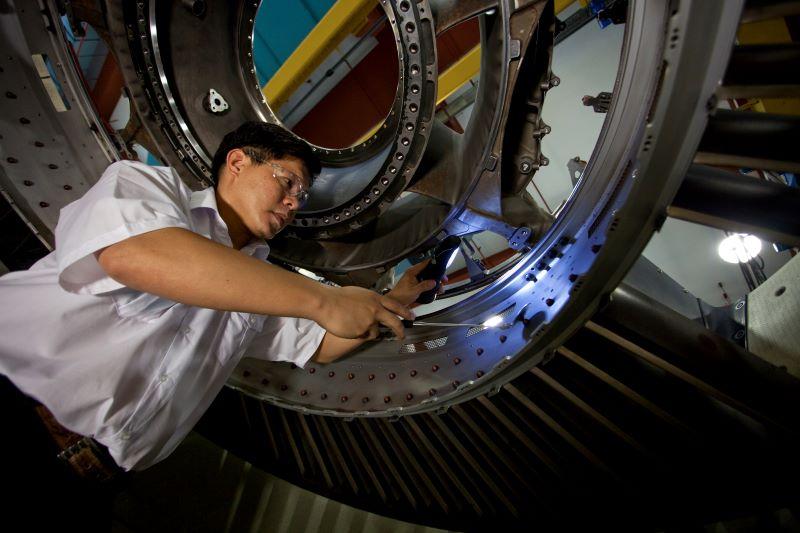
Credit: Pratt & Whitney
Positive trends in a few key markets have commercial aftermarket providers increasingly optimistic that engine maintenance demand will be very strong in 2023, an RBC Capital Markets survey showed. Suppliers surveyed in mid-January see engine maintenance, repair, and overhaul (MRO) demand growing 16%...
Subscription Required
This content requires a subscription to one of the Aviation Week Intelligence Network (AWIN) bundles.
Schedule a demo today to find out how you can access this content and similar content related to your area of the global aviation industry.
Already an AWIN subscriber? Login
Did you know? Aviation Week has won top honors multiple times in the Jesse H. Neal National Business Journalism Awards, the business-to-business media equivalent of the Pulitzer Prizes.





